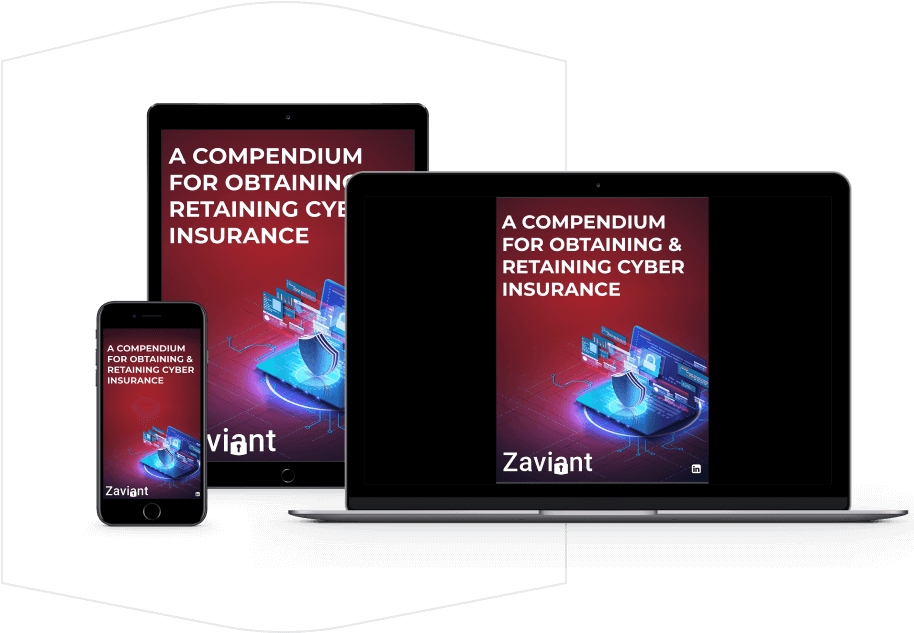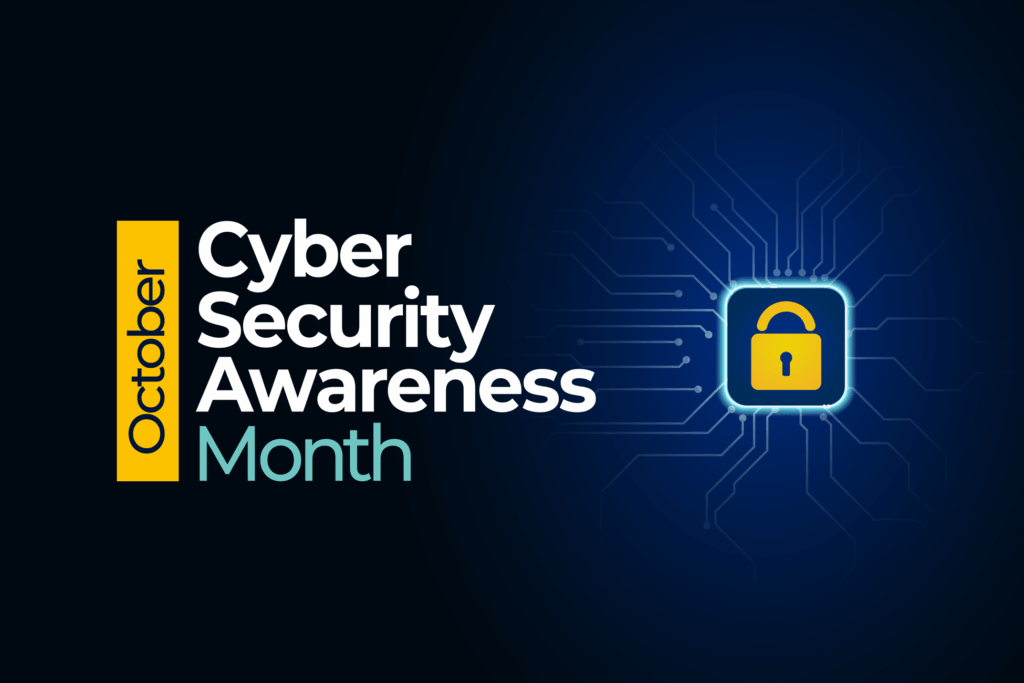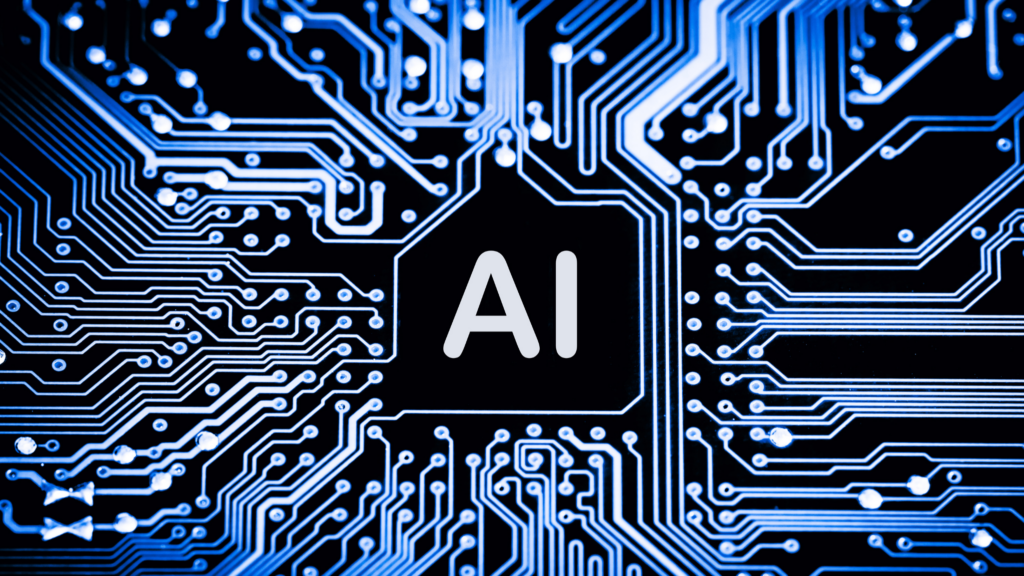Artificial intelligence (AI) has rapidly advanced over the last decade to a point where it can now outperform humans at tasks such as reading comprehension and image recognition.
- Cybersecurity Blog
Data Privacy & Cybersecurity Maturity: A General Counsel’s Expectations
-
By Zaviant

As companies increasingly collect, process, and store data, they have also become more enticing to adversaries looking to carry out a cyberattack. Stolen data and disabled networks carry a high premium. Fines and other fees from breaches and not meeting compliance regulations are extremely costly, too.
The best – and most effective – way to stop adversaries in their tracks is by having the defenses and policies in place long before your organization becomes a target.
Cybersecurity and data privacy mechanisms that deliver go far beyond the minimums for creating barriers to unwanted intrusions or complying with laws. The strongest cybersecurity and data privacy programs are those that are mature and adapt to the organization they’re protecting.
For general counsel and other executive leaders, understanding the maturity levels of cybersecurity and data privacy programs is an important part of helping an organization to meet all regulatory requirements and avoid fines & legal troubles. It is also a critical part of making sure an organization maintains its cyber insurance.
When evaluating an organization’s data privacy or cybersecurity maturity, there are several factors general counsel should zero in on.
What Constitutes “Maturity” in Cybersecurity and Data Privacy Programs?
Cybersecurity and data privacy program maturity is not a matter of how long one has been up and running. Rather, maturity is how well-developed and comprehensive an organization’s cyber defenses and data security protocols are.
Mature programs go beyond meeting the bare minimums of compliance. Robust programs are always on, readily adaptable, and in step with the latest regulations and best practices. In the event of a security breach, mature cybersecurity and data privacy programs allow for a fast response and seamless start to the recovery process. In addition, they help an organization take immediate action to prevent becoming a victim of an attack a second time.
Moreover, mature programs are tailored to meet the unique data security risks faced by an organization based on their product or service, size, industry, and technology architecture. With highly customized defenses and procedures, both cybersecurity and data protection efforts are operational to a point where protocol, procedure, and threat monitoring are second nature to staff.
The Components of Mature Cybersecurity and Data Privacy Programs
Mature cybersecurity and data privacy programs are similar in approach, yet different in practice. Combined, both provide the necessary protection for a network, its devices, and its data.
Let’s take a closer look at the hallmarks of mature cybersecurity and data privacy programs that any organization’s general counsel should pay attention for.
Cybersecurity
A systematic approach to protecting computer networks and systems, a mature cybersecurity program features three overarching components:
1. Defined Policies and Procedures
Defined policy and procedures leave little question about an organization’s standards and practices for its cybersecurity. The keys to effective defined policies and procedures are:
- Making them easily understandable.
- Providing mechanisms for reporting suspicious activity
- Enforcing consequences on those found not following guidelines
Remember: the more complicated cybersecurity policies and procedures are, the greater the chances are for human error.
2. Organizational Buy-in
From the CEO to the rank and file employees, everyone should be on the same page with maintaining cybersecurity. Employees should receive regular cybersecurity training on suspicious emails, social engineering attempts, and proper data handling. Decision-makers should review what to do in the event of a network breach as often as their quarterly reports.
3. Tools and Technology
An organization’s cybersecurity defenses are only as good as the tools it is using. Utilities such as end-point protection and anti-malware software are musts at a minimum. Further, an organization may want to consider advanced technologies like machine learning and artificial intelligence to help with predictive analysis to shed light on potential future threats.
Data Privacy
A mechanism for keeping private data out of the wrong hands and within the parameters of laws and regulations, mature data privacy programs should include:
1. Data Inventory and Mapping
Data inventory and mapping examines all the data an organization touches, uses, and collects. By understanding what data an organization has, where it lives, and who has access to it, decision-makers are able to better protect it from unauthorized access or theft. It can then identify and protect sensitive data that may require additional safeguards.
Taking inventory of data and mapping its journey also helps an organization comply with the latest data protection laws and regulations. For instance, the General Data Protection Regulations (GDPR) put into place by the European Union in 2018, states in Article 30 that organizations must be able to provide multiple pieces of information to comply with reporting requirements.
2. Data Retention Policies and Procedures
Data retention policies are guidelines dictating how long an organization is required to keep customer information before deleting it. The purpose is to provide protection against litigation over lost records that an individual may need to prove claims, as well as address legal requirements such as those imposed by law or industry best practices.
3. Privacy Policies
A privacy policy should be clear and concise, informing the individual or customer about what data is being gathered and why. It should also let the customer or user know that the organization did, in fact, gather their data and what their intentions are with it. The privacy policy should be easy to find on the organization’s website and updated regularly.
Cyber Insurance & Why Mature Programs Matter
Cybersecurity and data privacy programs are a must for every organization. Without them, the risk of an attack or data breach – and the costly fallout from both – increases exponentially.
Having mature cybersecurity and data privacy programs in place is almost a prerequisite for obtaining cyber insurance. Another form of protection against the effects of a network or data breach, cyber insurance goes hand-in-hand with cybersecurity and data privacy programs.
However, cyber insurers will not take on unnecessary risk. In evaluating an organization for coverage, they look more favorably on those that have more than just the basics to keep their digital assets safe. In other words, cyber insurers much prefer covering organizations that exceed their requirements for cybersecurity and data privacy protections.
The stronger an organization’s cybersecurity and data privacy frameworks, the more coverage options an insurance provider may offer and lower the premiums may be.
Optimize Applying for & Keeping Cyber Insurance
Download our free e-book, “A Compendium for Obtaining & Retaining Cyber Insurance.”
Maturing Your Cybersecurity and Data Privacy Programs
Just like preventing a network intrusion, the best time to mature cybersecurity and data privacy programs when seeking cyber insurance is long before filling out an application.
Having sound programs do not happen on their own, nor do they stay that way. Without constant attention, mature programs do not remain effective. As cyber threats and data privacy regulations change, so too should an organization’s programs for managing both.
Experts in the latest strategies food network security and data privacy, a third-party partner provides invaluable assistance in developing and maintaining mature programs. In addition, they are on the front lines of breach response should one occur, and help minimize one’s impact and time for recovery.
Data Privacy & Cybersecurity Maturity for Peace of Mind
Keeping ahead of a cyberattack or a data breach requires constant vigilance.
With mature programs for network security and data privacy, an organization greatly reduces its risks of an incident or being cited for non-compliance. What’s more, obtaining and maintaining cyber insurance becomes a seamless process.
Mature Your Cybersecurity & Data Privacy Programs
Speak with one of our experts today to learn how we can help your organization strengthen its digital defenses and data management practices:
Share This Post
- Get The Latest In News & Insights
Explore solutions
Data Privacy, Security & Risk
Build or improve upon your data privacy policies and controls.
Platform Expertise
We tailors strategies to your unique risks and compliance needs, ensuring robust protection against cyber threats.
Regulatory Compliance & Frameworks
Zaviant's experts anticipate and mitigate cyber risks, safeguarding your data from diverse threats.









